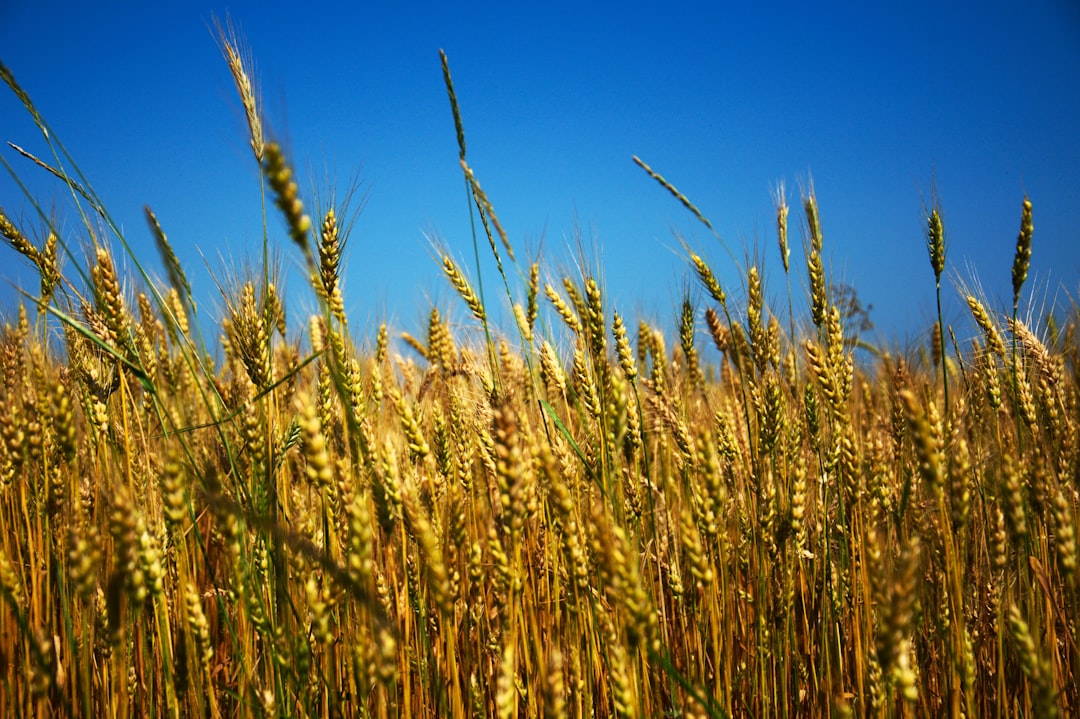What is it about?
Circannual rhythms are approximately 1-year endogenous biological rhythms driven by the endogenous circannual clock. The existence of endogenous circannual rhythms has been demonstrated in various organisms, including plants, mollusks, insects, fish, reptiles, birds, and mammals. Thus, circannual rhythms are a fundamental property of living organisms and are crucial for life on Earth, from the equator to the poles. To understand its underlying mechanisms, medaka hypothalamic and pituitary transcriptomes were obtained monthly over 2 years, and analysis identified 3,341 seasonally oscillating genes. Medaka exhibited ~6-month free-running circannual rhythms under constant photoperiod and temperature conditions, and monthly transcriptomes under constant conditions identified 518 ‘circannual genes.’ Analysis of these circannual genes highlighted the involvement of cell proliferation and differentiation in circannual time-keeping.
Featured Image

Photo by zero take on Unsplash
Why is it important?
The circannual clocks regulate various physiological properties and behaviors such as reproduction, flowering, diapause, hibernation, migration, and molting, thus providing organisms with adaptive advantages. Although this phenomenon has attracted general interest, the genes involved in circannual rhythms and the mechanisms underlying long-term circannual oscillators remain among the great mysteries in biology. Our research describes for the first time, in any organism, the genes and mechanisms that regulate circannual rhythmicity.
Perspectives
The human metabolic, immune, and endocrine systems, as well as heart and cerebrovascular diseases, pneumonia, influenza, depression, bipolar disorder, and schizophrenia, are all significantly influenced by the circannual clock, with many of them becoming more severe and with higher mortality rates in winter. Since a mechanistic understanding of the circadian clock plays important roles in human health, our study will contribute to human health in the future.
Takashi Yoshimura
Nagoya University
Read the Original
This page is a summary of: A transcriptional program underlying the circannual rhythms of gonadal development in medaka, Proceedings of the National Academy of Sciences, December 2023, Proceedings of the National Academy of Sciences,
DOI: 10.1073/pnas.2313514120.
You can read the full text:
Contributors
The following have contributed to this page










